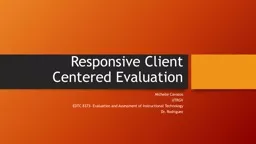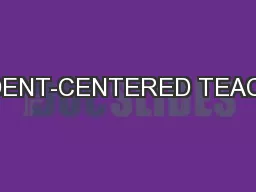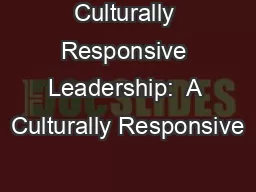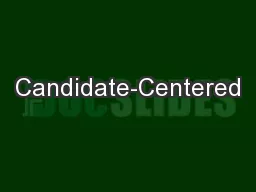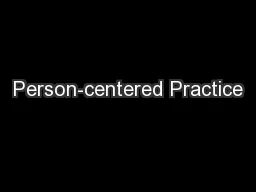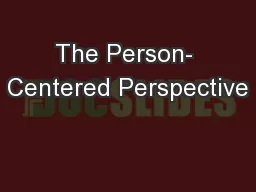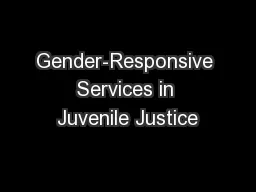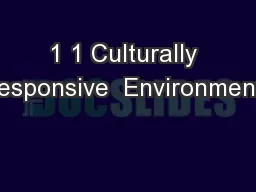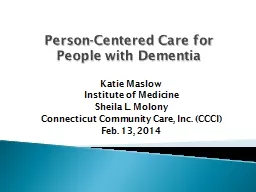PPT-Responsive Client Centered Evaluation
Author : tawny-fly | Published Date : 2017-07-01
Michelle Cavazos UTRGV EDTC 8373 Evaluation and Assessment of Instructional Technology Dr Rodriguez Introduction This approach was developed by Stake 1975
Presentation Embed Code
Download Presentation
Download Presentation The PPT/PDF document "Responsive Client Centered Evaluation" is the property of its rightful owner. Permission is granted to download and print the materials on this website for personal, non-commercial use only, and to display it on your personal computer provided you do not modify the materials and that you retain all copyright notices contained in the materials. By downloading content from our website, you accept the terms of this agreement.
Responsive Client Centered Evaluation: Transcript
Download Rules Of Document
"Responsive Client Centered Evaluation"The content belongs to its owner. You may download and print it for personal use, without modification, and keep all copyright notices. By downloading, you agree to these terms.
Related Documents

